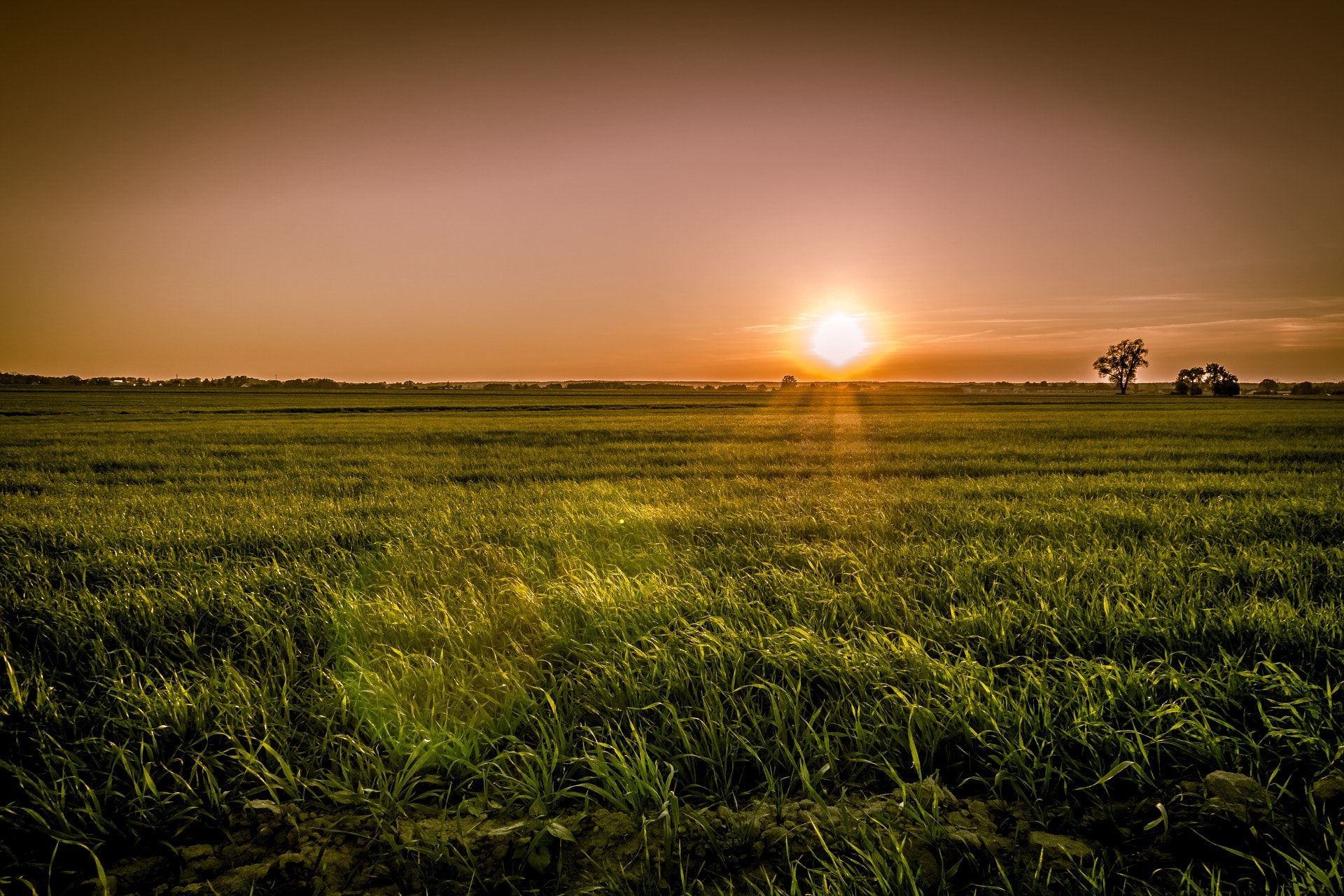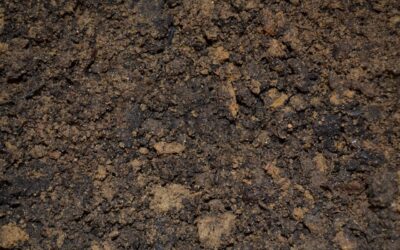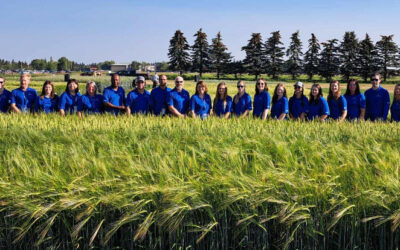The process of breeding a new variety can be quite complex. When a breeder needs to create resistance in a crop, they typically begin by looking at what is already domesticated, mixing and matching while trying to breed something with resistance. If that is not successful, the breeder will go to old, cultivated varieties — the landraces or farmers’ varieties. If the breeder is still unable to find what they need, they will take a look at wild relatives.
Wild relatives have been around long before crops were first domesticated around 10,000 years ago. Domestication began with wild plants — at some point, humans made the jump from simply harvesting plants to saving the seeds, planting them and then harvesting the new seeds. Humans began to isolate whichever population of seeds they took from the wild and put in their baskets, and over time, those seeds started to differ from what was out in the wild, according to Marilyn Warburton, research leader of the Western Regional Plant Introduction Station.
“We know that there’s more genetic diversity in the wild relatives compared to the land races. Looking beyond disease, what happens if I want to modify the type of proteins that are found in my corn seeds? Corn doesn’t have a lot of protein. What if I wanted to make it healthier? What if I wanted to increase levels of vitamin A, zinc or some of the other micronutrients that corn does not have a lot of? Some of the diversity that I need is in the genes of older varieties, or in wild relatives, because we haven’t bottlenecked those out yet,” explains Warburton.
The diversity found within many of the modern crop plants are composed of the best genetic forms for the traits that are deemed important as of now, but that does not necessarily include what traits will be needed in the future.
“There are other traits that we know we will need. For example, we need to adapt plants to require less nitrogen fertilizer. We need to adapt plants to use less water, as droughts are more common. At the same time, we need to adapt crop plants to other weather extremes that are happening by climate change,” she continues.
That doesn’t even cover the traits that are not yet foreseen. As diseases move to new regions and evolve to be able to attack new crop species, or an insect appears in a climate that it would usually not be able to adapt to, but now can because of climate change, new resistant traits found in wild relatives will be necessary.
In addition to resistance, there is also a desire for new nutritional traits. For example, traits that make the plant healthier or higher in protein. The answer still lies in old crop relatives.
“All of these nutrients that we didn’t even know that we wanted, they probably have genetic diversity in some of the older material. Even now that we can utilize gene editing and GMOs, it’s often cheaper, easier and faster to go and look for that genetic diversity in wild relatives where you can simply make a cross and bring that trait into your new varieties,” says Warburton.
While wild relatives have been around for a very long time, experts worry that the crucial crops are in great danger.
The Fight to Save Wild Relatives
In the distant past, wild relatives spread across large areas of land, thriving in their natural habitats. Now, land is limited, forcing wild relatives to grow in smaller populations with greater distances between, leaving their diversity vulnerable. Therefore, the greatest threats to wild relatives are habitat destruction and modification, according to Colin Khoury, senior director of science and conservation at the San Diego Botanic Garden and co-author on the research article Crop wild relatives of the United States require urgent conservation action.
“If something comes along — a bad drought year, a new disease or somebody decides to build a parking lot for a new Walmart — you’re going to lose that little population. Those little populations can’t interbreed with each other anymore, so they begin to become bottlenecked, inbred and unhealthy. Any stress that comes along is more likely to kill them. If you don’t set aside large areas for what’s called effective population sizes, you are going to lose the wild relatives,” says Warburton.
Two methods in action to help prevent the dwindling of wild relative populations and other forms of crop diversity include in situ and ex situ conservation. Many gene banks are collecting the seeds of landraces from the crops of interest, as well as seeds from wild species that are related to them in hopes to conserve as much genetic diversity as possible. This type of conservation is called ex situ because the plant is being removed from the location in which it originally evolved and is kept somewhere else. When experts protect wild relatives in their natural habitat so that they can continue to evolve with their changing environmental cues, that is utilizing in situ conservation.
While these efforts can be effective, neither are a fool proof solution.
“It’s an imperfect system. You can’t collect everything. There’s too much out there. It’s not a system where you can just say, ‘Okay, we’ve got our seed bank, so we can let the plants disappear completely in the wild,’” explains Khoury.
A better avenue is to adopt complimentary, or integrated, conservation.
“You do both. You collect them and put it in the seed banks, but you also try to protect the populations from further habitat destruction if you can,” he adds.
The journey to protecting crop’s wild relatives may be daunting, but if all resources combine forces — for instance, the U.S Forest Service (USFS), Bureau of Land Management, botanic garden sector, USDA and more — the crucial plants could continue to thrive and act as a source of crop diversity for corn and many other crops for years to come.
Read More:
Debates, Discussion and Variety Selection on my Family Farm





